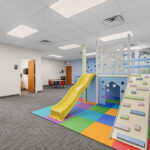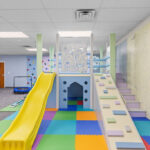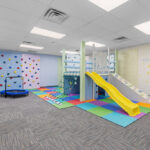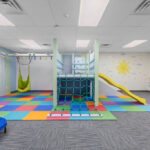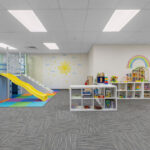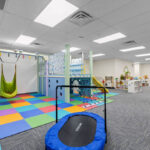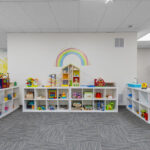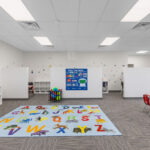December 15, 2025
SPARKS ABA Learning Center Now Open in Waldorf
FEATURED POSTS
December 11, 2025
December 4, 2025
No Waitlist and Expanded Year-Round Services for Charles County Area Families
SPARKS ABA, a provider of LEARN Behavioral, has recently opened the doors of their new Learning Center at 11885 Holly Lane, Suites 1 & 2, Waldorf, MD 20601.
SPARKS ABA is Maryland’s premiere contemporary applied behavior analysis (ABA) provider of center-based autism services for children and adolescents ages 2-14 years. As the only ABA provider in the Waldorf region, this center is essential for enhancing local support for families.
A ribbon-cutting ceremony hosted by the Charles County Chamber of Commerce was held on Wednesday, June 25, 2025. During the ceremony, Maryland State Senator Arthur Ellis and Yonelle Moore Lee, Esq., Chairperson, Board of Education, Charles County Public Schools, shared greetings and offered remarks. Churon Lanier, Legislative Director of the Office of Delegate C.T. Wilson, Chairman, Economic Matters Committee, also spoke.
Official citations were presented to the SPARKS leadership team by Anthony Adesina, Business Retention and Expansion Manager at the Charles County Chamber of Commerce, and Ralph Patterson, Vice President of the Charles County Board of Commissioners.
Guests included members of the Charles County Chamber of Commerce, Arthur Ellis, Charles County State Senate Representative, Yonelle More Lee, Chairperson of the Charles County Board of Education, representatives from Charles County Parks and Recreation, and Chanel Smith, Kidz Kab Express Founder and CEO.
Ribbon-cutting attendees had an opportunity to tour the facility and meet SPARKS ABA’s leadership team, Angela Chang, MA, BCBA, LBA, Managing Behavior Analyst, Kayla Bagnato, MEd, BCBA, LBA, Regional Clinical Director, and Geneviève Marshall, PhD, BCBA-D, LBA, Senior Regional Director.
“We are thrilled to open our doors and bring compassionate, contemporary ABA therapy for children with autism spectrum disorder (ASD) to families in Waldorf and the surrounding areas,” said Kayla Bagnato. “Through highly personalized support, we aim to empower each child and young adult to gain independence to succeed in school and life and reach their highest potential.”
The new Waldorf Learning Center offers a modern environment for children to receive contemporary ABA therapy, parent education, and center-based services. The center also features an innovative Launchpad Learning Program, which focuses on children with autism ages 2 to 6 who are ready to transition from a one-on-one learning environment to a group setting to help prepare them for school. With Launchpad, half the day involves group activities with a 3:1 staff-child ratio, developing team skills and independence, and the other half of the day focuses on individual instruction, addressing personal growth areas.
With no waitlist and flexible treatment hours that include after-school evening hours to accommodate busy family schedules, the center is now enrolling new clients in the Charles County area and beyond.
SPARKS ABA, part of LEARN Behavioral, a national leader in compassionate autism treatment, has been a leading provider of evidence-based autism services for 15 years. SPARKS ABA is dedicated to personalized, high-quality ABA therapy.
For more information or to enroll a child at the Waldorf Learning Center, call (240) 222-7956 or visit https://www.sparksaba.com
About LEARN Behavioral
LEARN Behavioral is a national leader in autism treatment, offering comprehensive diagnostic services and contemporary applied behavior analysis (ABA) therapy for children with autism spectrum disorder (ASD). With a nationwide network of ABA providers and more than 100 Learning Centers across the country, LEARN delivers the highest standard of research-based care—customized to meet the unique needs and interests of each child and family. For more information, visit learnbehavioral.com.







